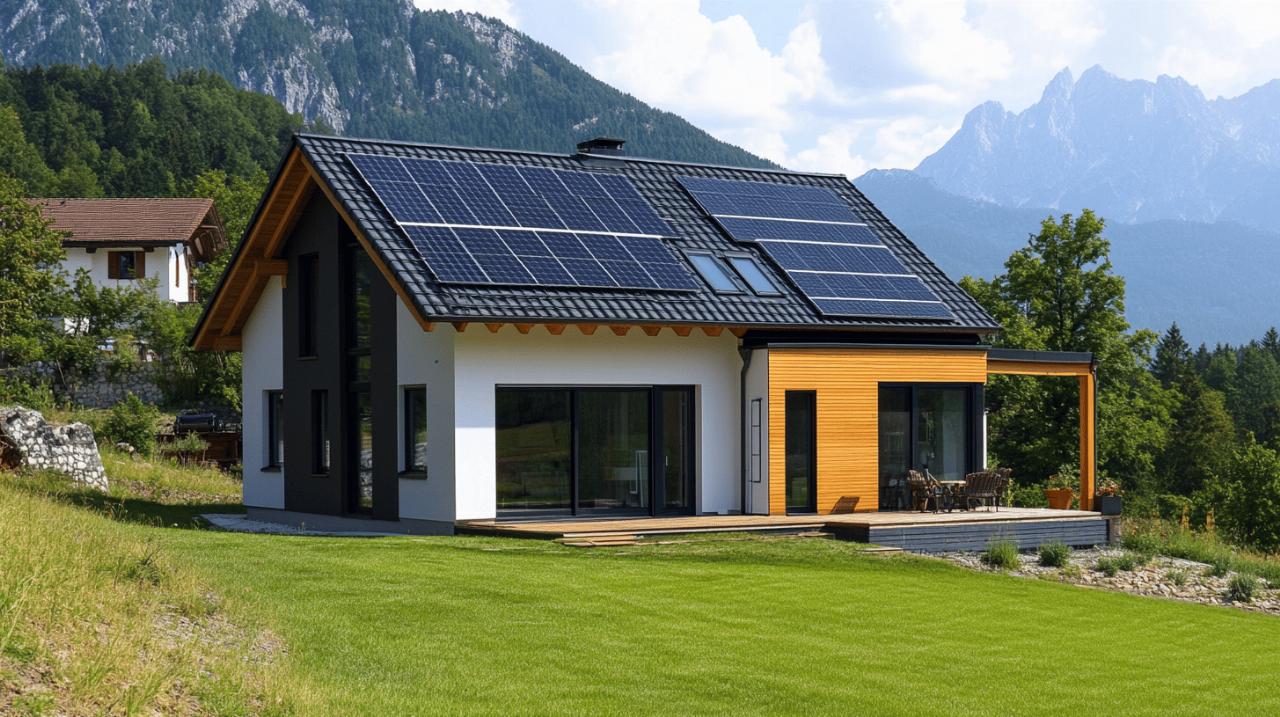Energy efficiency in homes has become increasingly important as homeowners seek to reduce both their carbon footprint and monthly utility bills. Implementing strategic home improvement projects not only contributes to a more sustainable environment but also enhances comfort while delivering substantial cost savings over time. With rising energy prices and growing environmental concerns, now is the perfect time to consider upgrading your property with energy-efficient solutions.
Insulation solutions for maximum efficiency
Proper insulation serves as the foundation for an energy-efficient home. According to industry experts like Kamerolli Insulation Services, a well-insulated property can dramatically reduce heat loss, keeping your home warmer in winter and cooler in summer. Effective insulation can significantly decrease your heating requirements, potentially reducing your carbon emissions while saving hundreds of pounds annually on energy bills.
Loft insulation techniques and materials
The loft represents one of the most critical areas for insulation as heat naturally rises and can escape through an uninsulated roof space. Increasing roof insulation from the standard 120mm to at least 270mm thickness can save approximately £20 per year in Great Britain and £25 per year in Northern Ireland. Modern insulation materials include mineral wool, sheep’s wool, and foam boards, each offering different benefits in terms of thermal efficiency, environmental impact, and installation complexity. When installing loft insulation, ensuring complete coverage and proper ventilation helps prevent condensation issues while maximizing energy retention.
Wall and floor insulation options
Wall insulation represents another significant opportunity for energy conservation. Insulating cavity walls can lead to impressive savings of around £240 annually in Great Britain and £270 in Northern Ireland. For older properties with solid walls, external or internal wall insulation systems offer effective solutions despite higher installation costs. Floor insulation, particularly in properties with suspended timber floors, can eliminate cold draughts rising from below while adding another thermal barrier. Combining these insulation approaches creates a continuous thermal envelope around your living space, dramatically improving energy efficiency and comfort levels throughout the year.
Draught-proofing your property
 Even with excellent insulation, unwanted air leakage can undermine your energy efficiency efforts. Professional draught-proofing, with an estimated cost of around £250, can deliver annual savings of £85 in Great Britain and £95 in Northern Ireland. This relatively modest investment offers excellent returns while immediately improving comfort by eliminating cold spots and reducing noise transmission from outside.
Even with excellent insulation, unwanted air leakage can undermine your energy efficiency efforts. Professional draught-proofing, with an estimated cost of around £250, can deliver annual savings of £85 in Great Britain and £95 in Northern Ireland. This relatively modest investment offers excellent returns while immediately improving comfort by eliminating cold spots and reducing noise transmission from outside.
Window sealing methods and products
Windows often represent a major source of heat loss in properties. Installing A-rated double glazing in a semi-detached gas-heated property can save approximately £140 annually in Great Britain and £160 in Northern Ireland. However, if replacing windows exceeds your budget, temporary solutions such as secondary glazing films, thermal curtains, and specialized window sealing tapes can significantly reduce draughts. Weather sealing strips applied to window frames effectively block air gaps without affecting functionality. For period properties with original windows, professional draught-proofing services can maintain architectural character while improving energy performance.
Door draught excluders and weatherstripping
Doors represent another common source of unwanted air exchange. Gaps beneath external doors can be addressed with brush or rubber strip excluders that create an effective seal when the door is closed. Letter box covers and keyhole covers prevent cold air infiltration through these small but significant openings. For internal doors, fabric draught excluders provide a decorative yet functional solution to prevent heat transfer between rooms of different temperatures. Weatherstripping applied around door frames completes the sealing system, creating a comprehensive barrier against air leakage that contributes to a more stable and efficient internal climate.
Beyond insulation and draught-proofing, other energy-saving improvements can further enhance efficiency. Switching to LED lighting can reduce carbon dioxide emissions by 35kg annually while saving £45 to £50 per year. Managing standby power by turning off appliances when not in use saves approximately £45 to £55 yearly. Water conservation measures like efficient shower heads and limiting shower times to four minutes can save £45 to £65 annually. For those ready to make larger investments, solar panels offer savings around £150 to £180 per year while reducing carbon emissions by 750kg annually. Replacing gas boilers with air source heat pumps provides the most significant carbon reduction at 2,300kg to 3,300kg per year. With these comprehensive approaches to energy efficiency, homeowners can create more comfortable, sustainable, and economical living environments for years to come.